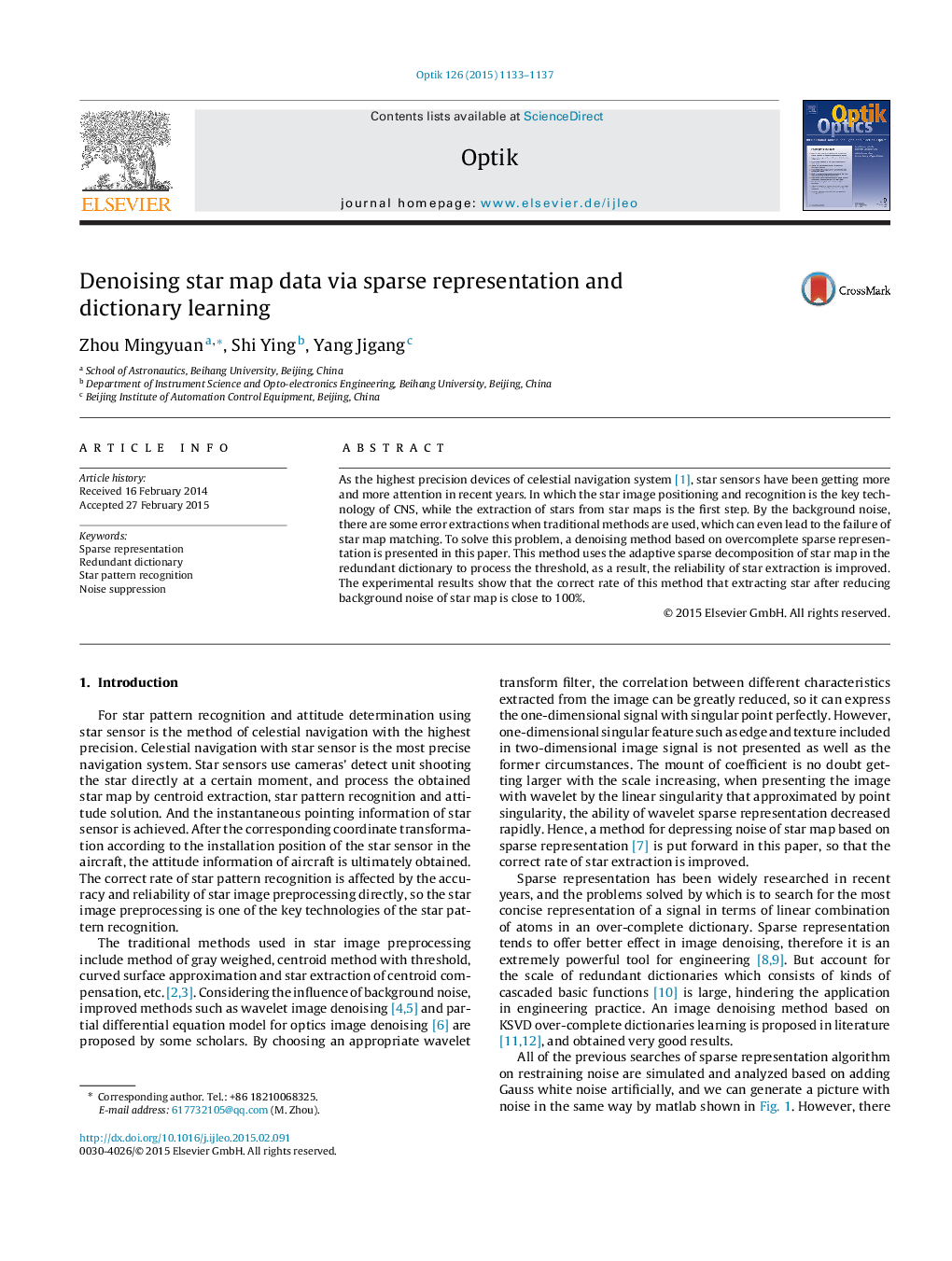| Article ID | Journal | Published Year | Pages | File Type |
|---|---|---|---|---|
| 6634953 | Fuel | 2015 | 5 Pages |
Abstract
The effects of molecular structure and feedstock of biodiesel on its compatibility with an elastomer were investigated in this study. Nine fuels were tested to evaluate their compatibility with nitrile butandiene rubber (NBR). The tested fuels include diesel fuel, waste cooking oil methyl ester, palm oil methyl ester, soybean oil methyl ester, methyl laurate (C12:0), methyl palmitate (C16:0), methyl stearate (C18:0), methyl oleate (C18:1Â M) and ethyl oleate (C18:1 E). The change in weight, volume and mechanical properties of the NBR, after performing the immersion test, indicate that biodiesel has greater solvent power than diesel fuel. The sequence of compatibility of biodiesel with NBR is found to be in the order of soybean methyl ester (SME), waste cooking oil methyl ester (WCOME), palm methyl ester (PME), with SME being the least compatible. The carbon chain length, number of double bonds, and alcohol moiety chain length of the fatty acid ester also have great influence on its compatibility with the NBR. Fatty acid esters with shorter carbon chain or double bonds have higher solvent power. Thus, the composition of biodiesel could be modified and optimized during its production process through the use of new production techniques or adopting various feedstocks to improve its compatibility with an elastomer.
Related Topics
Physical Sciences and Engineering
Chemical Engineering
Chemical Engineering (General)
Authors
Lei Zhu, C.S. Cheung, W.G. Zhang, Zhen Huang,
